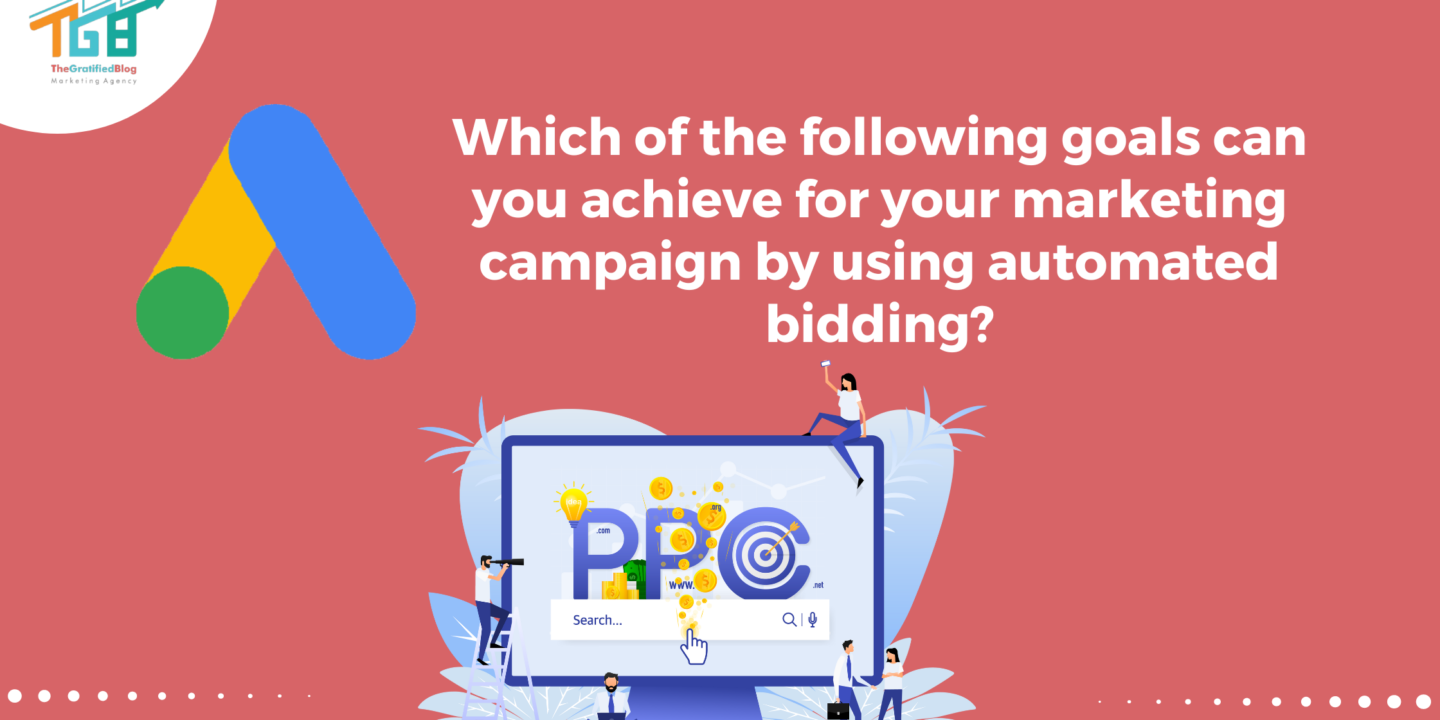
In the ever-evolving digital marketing landscape, staying ahead of the competition requires innovative strategies and intelligent utilization of cutting-edge technologies. Among these, automated bidding has emerged as a game-changing tool that empowers marketers to achieve their goals with unprecedented precision and efficiency. Have you ever wondered, “Which of the following goals can you achieve for your marketing campaign by using automated bidding?” In this comprehensive exploration, we’ll delve into automated bidding and uncover the remarkable spectrum of goals it enables marketers to accomplish.
Gone are the days when manual bid adjustments and constant monitoring were the norm for campaign optimization. Automated bidding has ushered in a new era of data-driven decision-making, where algorithms and machine learning take the reins to optimize bids and target audiences and ultimately drive campaign success. Whether your primary focus is maximizing clicks and traffic, increasing conversions, managing costs efficiently, or even improving ad positioning, automated bidding strategies offer a sophisticated approach to achieving these objectives. Join us as we navigate the intricacies of automated bidding and discover how it can elevate your marketing efforts to unprecedented heights.
But, before we begin, let’s answer the question i.e.
Which Of The Following Goals Can You Achieve For Your Marketing Campaign By Using Automated Bidding?
- To choose what time of day your ads will appear
- To control the cost of each click
- To target specific devices exclusively
- To reach the right user with the right message at the right time
The answer is “To reach the right user with the right message at the right time”
Now that you know the answer, Let’s delve deeper into the concept of automated bidding and discover how it transforms the way we optimize digital marketing campaigns.
So, let’s get started with it;
Explanation Of Automated Bidding In The Context Of Digital Advertising
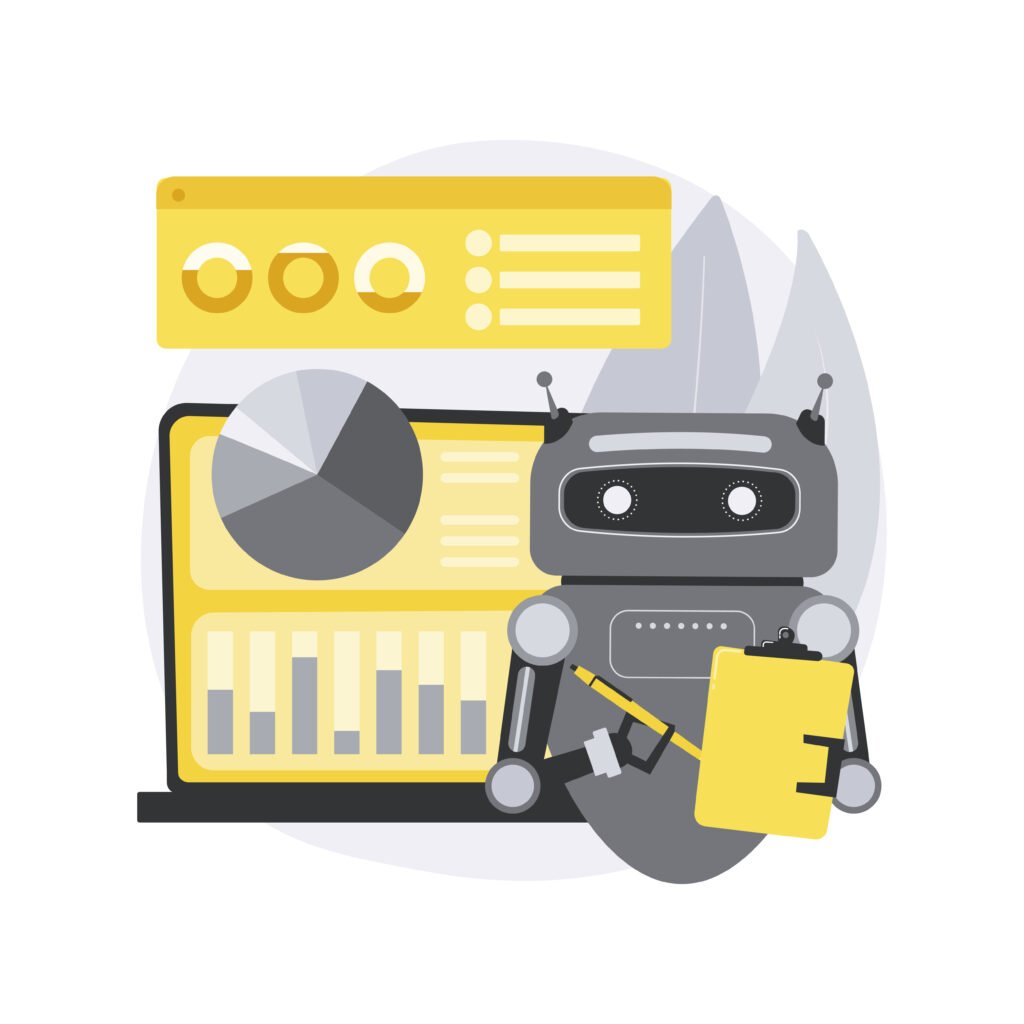
Automated bidding, within digital advertising, is a dynamic approach that leverages advanced algorithms and machine learning to streamline and enhance the bidding process on ad placements. Traditionally, advertisers manually set bids for their ads, constantly monitoring and adjusting them to achieve desired campaign goals. However, this goes beyond this manual approach by utilizing real-time data and predictive modeling to make bid adjustments automatically.
At its core, It aims to achieve optimal results based on predefined campaign objectives. It factors in many variables, including historical performance data, user behavior patterns, contextual signals, and competitor activities. By analyzing these intricate data points, It’s algorithms make swift and informed bid adjustments, maximizing the chances of meeting or surpassing campaign goals.
Types Of Automated Bidding Strategies
Indeed, here are five types of automated bidding strategies commonly used in digital advertising campaigns, along with detailed explanations for each.
Target CPA (Cost-Per-Acquisition) Bidding
Target CPA bidding is designed to help advertisers maximize conversions while maintaining a specific cost per acquisition. Advertisers set a desired CPA, representing the amount they will pay for each conversion. The automated bidding algorithm then adjusts bids in real-time to achieve the target CPA. It analyzes historical data, user behavior, and contextual signals for accurate bid adjustments.
Target ROAS (Return On Ad Spend) Bidding
Target ROAS bidding focuses on achieving a specific return on ad spend. Advertisers define a target ROAS value representing the desired revenue generated for every dollar spent on advertising. The algorithm then optimizes bids to maximize the overall return on investment. This strategy is particularly effective for e-commerce businesses looking to optimize their advertising spend based on revenue goals.
Maximize Clicks Bidding
Maximize Clicks bidding aims to drive the highest possible clicks within a budget. It’s system adjusts bids to allocate more budget to ad placements likely to generate clicks. It considers ad relevance, historical click-through rates, and user behavior patterns to prioritize placements with higher click potential.
Maximize Conversions Bidding
Maximize Conversions bidding aims to achieve the highest possible conversions within the allocated budget. The algorithm identifies placements and targeting options most likely to lead to conversions. By analyzing historical conversion data and real-time user behavior, the system adjusts bids to optimize conversion volume.
Enhanced CPC (Cost-Per-Click) Bidding
Enhanced CPC is a hybrid strategy that combines automated bidding with manual input. Advertisers set their bids, and the algorithm adjusts those bids in real time based on the likelihood of conversion. This strategy is beneficial when advertisers want to maintain manual control while benefiting from data-driven bid adjustments.
Each of its bidding strategies offers a unique approach to campaign optimization, catering to various marketing goals and objectives. By leveraging these strategies, advertisers can enhance their efficiency, precision, and overall success in the digital advertising landscape.
Having gained an understanding of automated bidding and its various strategies, let’s now delve into a discussion about a few advantages it brings to the table.
Benefits Of Automated Bidding
Here are a few benefits of automated bidding in digital advertising, along with detailed explanations for each:
Efficiency And Time Savings
It significantly reduces the manual effort required to monitor and adjust bids. Managing bids for numerous keywords, placements, and campaigns can be time-consuming and prone to errors.
It’s algorithms handle real-time bid adjustments, allowing marketers to focus their time and energy on higher-level strategic tasks, such as campaign planning, creative development, and analyzing performance metrics.
Real-Time Optimization
It operates on real-time data and insights, enabling rapid adjustments based on changes in user behavior, market trends, and competitor activities. This level of responsiveness ensures that bids are continuously optimized for optimal performance.
Advertisers can capture opportunities and react to shifts in the advertising landscape without delay, maximizing the effectiveness of their campaigns.
Data-Driven Decision-Making
It leverages vast data to make informed bid adjustments, including historical performance, user behavior, and contextual signals. Algorithms identify patterns and trends that may not be apparent through manual analysis, leading to more accurate and effective bid decisions. This data-driven approach increases the likelihood of achieving campaign goals and desired outcomes.
Optimal Budget Allocation
It helps allocate the budget more efficiently by focusing resources on placements, keywords, or audiences likely to yield the best results. The algorithms consider various factors, such as conversion rates, click-through rates, and competition, to distribute the budget where it’s most impactful. This ensures that the budget is spent on opportunities with higher potential returns.
With a solid grasp of its benefits, now is the opportune moment to delve deeper into the specific goals that automated bidding can help you achieve.
Goals Achievable With Automated Bidding
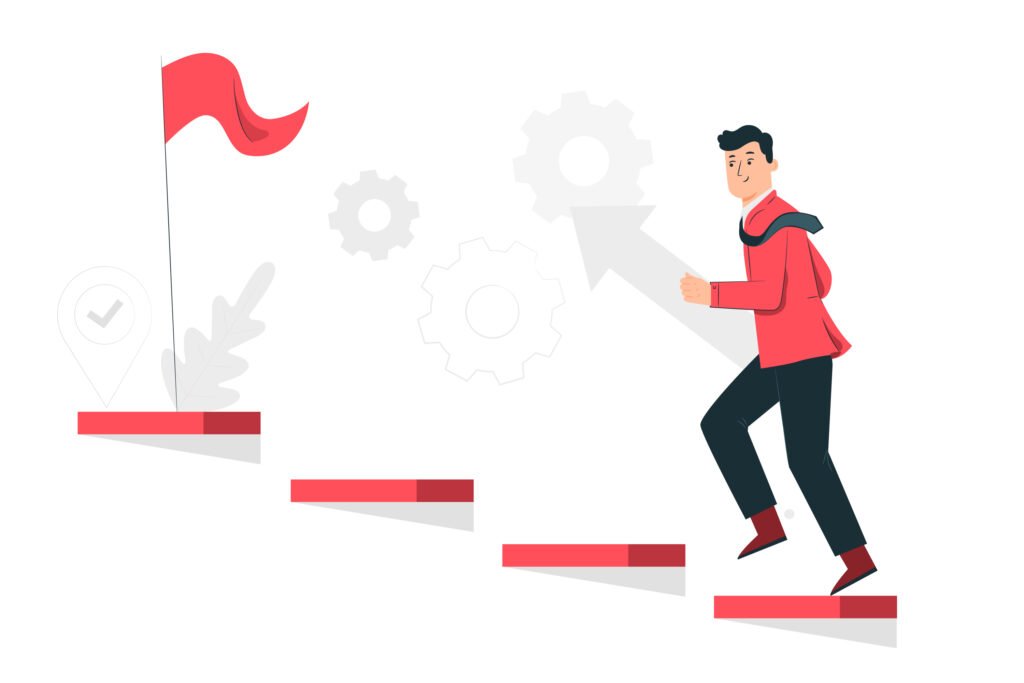
Here are five goals that can be achieved through automated bidding in digital advertising, along with the techniques and strategies associated with each goal:
Maximizing Clicks And Traffic
Technique: Maximize Clicks Bidding
Automated bidding strategies like “Maximize Clicks” focus on driving the highest possible number of clicks within a set budget. The algorithm adjusts bids to prioritize ad placements more likely to generate clicks. This strategy considers historical click-through rates, ad relevance, and user behavior patterns to optimize click volume.
Increasing Conversions
Techniques: Target CPA (Cost-Per-Acquisition) Bidding, Maximize Conversions Bidding
- Target CPA Bidding: This strategy aims to increase conversions while maintaining a specific cost per acquisition. The algorithm analyzes historical conversion data and real-time user behavior to make bid adjustments that align with the target CPA.
- Maximize Conversions Bidding: With this strategy, the algorithm optimizes bids to maximize the number of conversions within the allocated budget. It identifies placements and targeting options most likely to lead to conversions, resulting in higher conversion rates.
Cost Efficiency And Budget Management
Technique: Target ROAS (Return on Ad Spend) Bidding
Automated bidding strategies like “Target ROAS” focus on achieving a specific return on ad spend. Advertisers define a target ROAS value, and the algorithm adjusts bids to maximize the overall return on investment. This strategy ensures that the budget is allocated to placements that deliver the best return in terms of revenue.
Balancing Ad Position With Cost Considerations
Technique: Enhanced CPC (Cost-Per-Click) Bidding
Enhanced CPC bidding combines automated bidding with manual input. Advertisers set their bids, and the algorithm adjusts those bids based on the likelihood of conversion. This strategy allows advertisers to maintain control while benefiting from data-driven bid adjustments. It ensures that bids are adjusted for optimal conversion rates without overspending clicks.
Now, let’s shift our focus to discussing the factors that exert influence on automated bidding.
Factors Influencing Automated Bidding Success
Indeed, the success of automated bidding in digital advertising is influenced by various factors. Let’s delve deeper into how each of these factors plays a crucial role:
- Quality of Data: The effectiveness of automated bidding hinges on the quality and accuracy of the data available. Relevant and comprehensive data, including historical performance metrics, conversion tracking, and user behavior patterns, provides the foundation for informed bid decisions. Only accurate or complete data can lead to suboptimal bidding strategies and hinder campaign success. It’s essential to ensure that data sources are appropriately integrated and regularly updated to enable the algorithms to make accurate predictions and adjustments.
- Ad Copy and Creatives: The messaging and visuals of your ad copy and creatives directly impact user engagement and conversion rates. Well-crafted and compelling ad content can lead to higher click-through rates and conversions, enhancing the overall performance of your campaigns. Automated bidding algorithms consider ad quality and relevance when making bid adjustments. Ensuring that your ad copy aligns with the target audience’s preferences and resonates with their needs can positively influence the success of automated bidding.
- Historical Performance: Past campaign performance data is valuable for automated bidding algorithms. Historical data provides insights into which keywords, placements, and targeting options have generated the best results in the past. Algorithms analyze this data to identify trends, patterns, and correlations that guide bid adjustments. The more robust and comprehensive your historical performance data, the better equipped the algorithms are to optimize bids effectively.
- Competitive Landscape: The competitive landscape within your industry or niche can impact the success of automated bidding strategies. Changes in competitor behavior, such as shifts in bids or new entrants into the market, can influence ad placements and bid competitiveness. Automated bidding algorithms consider competitor activities when making bid adjustments to ensure that your ads remain competitive and visible to your target audience.
- External Factors Impacting Bids: Beyond the factors directly under your control, external elements such as seasonality, trends, and economic conditions can influence the success of automated bidding. For instance, consumer behavior might change during holiday seasons or industry-specific events, impacting keyword popularity and conversion rates. Adapting bids to accommodate these external factors ensures that your campaigns remain relevant and practical throughout changing circumstances.
Now, let’s address the challenging aspect. As you’re aware, every solution that simplifies work also brings along its fair share of challenges. In the case of automated bidding, the same principle holds true. Let’s delve into these challenges and explore how to navigate them.
Potential Challenges And Mitigations
Navigating the landscape of automated bidding in digital advertising comes with its own set of challenges. Let’s explore these challenges and discuss potential mitigations for each:
Loss Of Control And Transparency
Challenge: Adopting to it may make advertisers feel they’re relinquishing control over bid management and decision-making. The need for more transparency in the algorithm’s exact workings can also lead to uncertainty.
Mitigations:
- Selective Use: Employ automated bidding for specific campaigns or ad groups where its benefits align with your goals while retaining manual control for others.
- Bid Modifiers: Utilize bid adjustments to maintain control over certain factors. For instance, you can adjust bids based on device, location, or time of day.
- Regular Monitoring: While they handle real-time adjustments, regular monitoring and performance analysis are essential to ensure the algorithm is aligned with your objectives.
Variability In Performance
Challenge: Its strategies can experience fluctuations in performance due to changes in user behavior, market dynamics, or other unforeseen factors.
Mitigations:
- Performance Benchmarking: Establish baseline metrics to gauge your campaigns’ performance under automated bidding. Regularly compare these benchmarks to identify performance variations.
- Experimentation: Implement A/B testing to compare the performance of different automated bidding strategies or variations. This helps identify which strategies work best for your goals and target audience.
External Factors Impacting Bids
Challenge: External factors, such as economic shifts, industry trends, or sudden market changes, can influence bidding dynamics and campaign outcomes. Mitigations:
- Adaptability: Maintain flexibility in your bidding strategies to accommodate changes in the external environment. Its strategies that are agile and responsive can help mitigate the impact of external fluctuations.
- Regular Review: Regularly assess your campaign performance and monitor any shifts that correlate with external factors. Adjust your bidding strategies as needed to align with changing conditions.
Conclusion
Now equipped with the understanding of “Which of the following goals can you achieve for your marketing campaign by using automated bidding?” and having delved into the intricacies of automated bidding, consider taking the next step by applying this strategy to your own advertising campaign. By doing so, you can uncover the potential benefits firsthand and witness how it can drive results aligned with your marketing objectives.
If you still have any questions regarding this topic, then feel free to leave your questions in the comment section. We will be happy to answer you
Thanks for reading 🙂

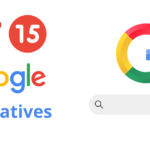


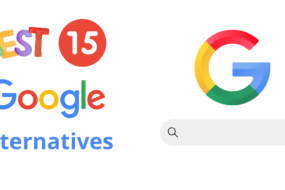


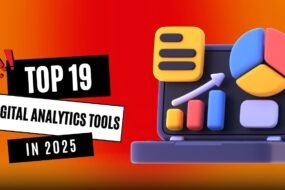
No Comments